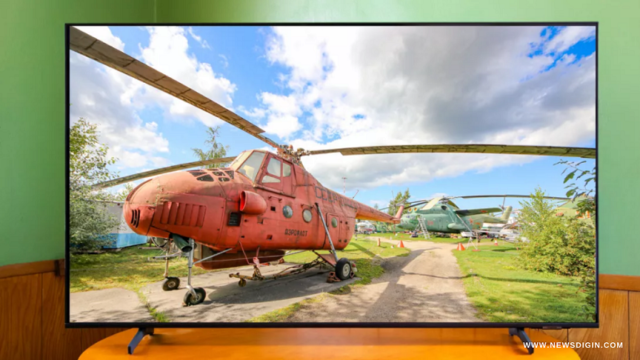Trumotion 120 | Real Deal On 4K & 8K TV, Ranging From 60Hz To 120Hz: One of the more perplexing features of TV technology is the refresh rate, which is poorly explained by television manufacturers. To the contrary, they frequently hide it behind other things.
The refresh rate is referring to how many times per second the image on your TV is refresh with new data. 60 is the most common number.
Yet you’ll never see one with that mentioned. Manufacturers, on the other hand, make use of several methods.
It’s typical to see claims of greater refresh rates, such as 120 or 240 Hz, although these numbers aren’t necessarily correct. In truth, no 4K TV has a native panel refresh rate higher than 120Hz, regardless of the figure advertised with the 4K TV.
To be clear, just because the frequency is more than 120Hz does not indicate the claim is incorrect.
Trumotion 120 | Real Deal On 4K & 8K TV, Ranging From 60Hz To 120Hz

Here Are The Essentials
Refresh rate is referring to how many times per second (measure in hertz or Hz) a television’s image is refresh.
Pictures are nearly typically shot at a frame rate of 24 frames per second (Hz), which sometime known as the frame rate of digital video. At the age of 30 or 60, live television programmes are available.
Most flat-panel TVs have a refresh rate of 60 Hz, but higher-end versions have a refresh rate of 120 Hz. Refresh rates as low as 240 Hz were common on early 1080p LCD TVs.
With a greater refresh rate comes less motion blur, which is a common problem with today’s TVs.
The entire screen is moving, the image will soften by motion blur.
Compatibility with 120 fps signals from the PlayStation 5 and Xbox Series X, as well as select video cards, provides an additional bonus.
A TV’s “effective refresh rate” is determine by combining numerous technologies, not just the refresh rate.
TVs with lower effective refresh rates can nonetheless appear to have equivalent motion resolution when compared to those with greater refresh rates.
What’s The Rate At Which The Page Is Refreshed?
Refresh rate is referring to the frequency with which a picture on a television screen (sometimes referred to as a “frame”) changes. This was 60 times per second (or “60Hz”) on traditional televisions.
There are several newer TVs on the market that can refresh at twice the rate, or 120Hz (120 frames per second). We’ve talked about 1080p HDTVs before, and the concept is the same with 4K TVs.
TVs in some regions of the world refresh at a regular rate of 50Hz, while others refresh at a rate of 100Hz. That solely is determine by the quality of the electricity available in your region.
50 and 60, as well as 100 and 120, are equivalent for the purposes of this article. For the sake of simplicity, I’ll use 60 and 120, but if you’re in the UK, Australia, or any other country using 50Hz power, you can interpret that as 50 and 100.
A “more is better!” marketing tactic, perhaps? That’s not totally correct. Motion blur is reducing on LCD and OLED TVs by using higher refresh rates (the only two TV technologies on the market).
Also Read:


















































